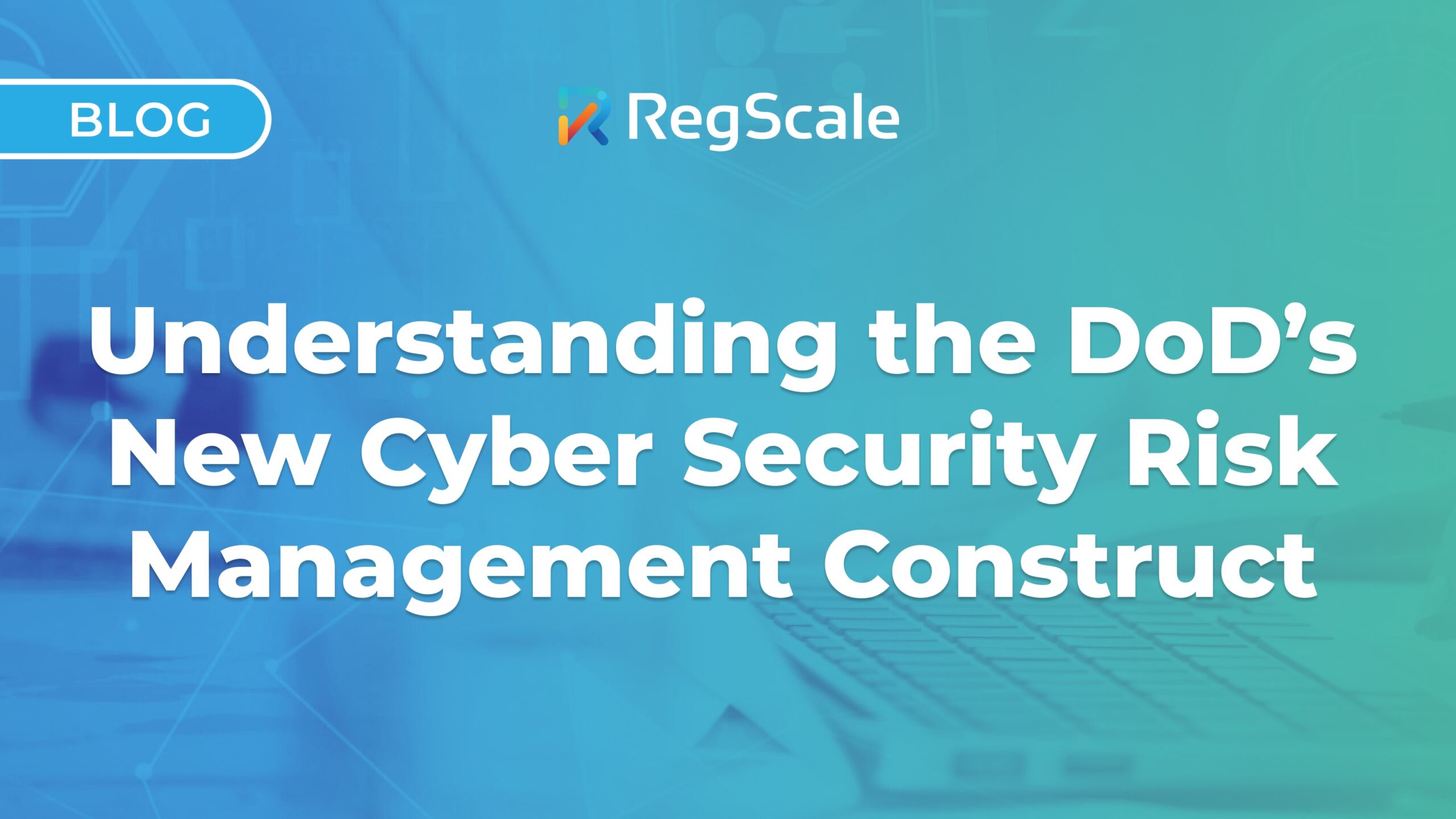If the Pentagon is throwing out the old playbook with its new Cyber Security Risk Management Construct (CSRMC), it’s because the previous process never quite matched operational reality — bogged down by static checklists and paperwork that left systems vulnerable and slow to secure.
But here’s the twist: the key to making the new CSMRC deliver “cyber defense at the speed of war” isn’t a brand-new invention at all. It’s been hiding in plain sight within NIST’s original Risk Management Framework (RMF) guidance as the three-tier risk management structure.
Tier 1 (Organization), Tier 2 (Mission/Business Process), and Tier 3 (Information System) may sound academic, but they’re the secret sauce that turns a compliance exercise into real security. These tiers enable exactly what CSMRC needs: enterprise governance from the top, mission alignment in the middle, and system-level plug-and-play automation at the operational edge.
Without all three working in concert, you can pour resources into continuous monitoring and DevSecOps pipelines and still end up with chaos. The truth is, if Tier 1 and Tier 2 aren’t actively engaged, Tier 3 becomes a mess of reactive fixes and misaligned controls: precisely what the old RMF implementation gave us.
How the NIST RMF tiers are the backbone of the CSMRC
The CSRMC’s ambitious goals — automation, reciprocity, continuous authorization — aren’t achievable without the structural foundation that NIST’s three tiers provide. Here’s how each tier enables the new construct’s vision.
Tier 1 sets the enterprise risk tolerance and governance foundation. This is critical for the CSRMC’s emphasis on strong top-down oversight. (One of its core tenets is “Enterprise Services & Inheritance,” aimed at reducing duplication through enterprise-level controls reuse.) In practice, it means that the DoD defines common security capabilities and risk guardrails once, at the organizational level, so individual systems don’t reinvent the wheel or take uninformed guesses. Tier 1’s governance ensures near real-time visibility of cyber risk across the enterprise (what the CSRMC release calls “operationalization” of risk management.)
Tier 2 connects those strategies to mission and business processes. This tier makes sure cybersecurity efforts directly support mission priorities — something the CSMRC explicitly acknowledges with its goal of “mission assurance in every domain.” By aligning risk management with mission needs, Tier 2 prevents that classic disconnect where security works at cross-purposes with operational goals.
Tier 3 is where the rubber meets the road: the information-system level, which the CSMRC is overhauling with dynamic, automated defenses. Continuous testing, automated monitoring, and embedding security into system design are all Tier 3 activities — and they’re the centerpiece of the new construct. But Tier 3 can only move at “the speed of war” if it’s guided by the context from Tier 1 and Tier 2. The push for automation, reciprocity, and continuous ATO (cATO) means nothing without the enterprise-driven controls and mission context to back it up. Tier 3, in other words, is where technology and organizational risk management intersect.
Why not just stick with the RMF tiers?
So if the tier structure is this powerful, why hasn’t it been working? The answer lies in a fundamental misalignment of roles and responsibilities.
When we look at the division of labor, Tier 1 and Tier 2 are inherently government functions. While consultants may support these efforts, the authority and accountability reside within the agency. These tiers require strategic decisions about organizational risk appetite, mission priorities, and enterprise-wide security posture — decisions that only government leadership can make.
Tier 3, on the other hand, is the domain of solution providers, integrators, and vendors who bring technical capabilities to federal systems. It’s where innovation happens and where tactical security controls are built, deployed, and sustained.
Here’s the problem: Tier 3 vendors have been shouldering the burden of attesting to Tier 1 and Tier 2 requirements without the necessary knowledge or authority to do so. This bottom-up approach — where system implementers are forced to make enterprise and mission-level decisions — has driven many agencies into the RMF struggles we hear about regularly. Without clear governance from above, Tier 3 becomes a guessing game of duplicated efforts and misaligned controls.
For Tier 3 to operate at the speed the CSRMC demands, it needs that clear governance as well as the right tooling. Purpose-built platforms like RegScale address this need by automating the entire RMF lifecycle, from initial categorization through continuous monitoring, while maintaining the rigor that federal compliance demands. As a founding member of the NIST OSCAL Foundation and a FedRAMP High Authorized platform, RegScale brings both technical capability and federal compliance expertise to the challenge of improving the RMF process for the future.
The path forward: alignment, not reinvention
At the end of the day, the NIST RMF tier structure is the enabler that makes reciprocity, continuous ATO, and the CSRMC’s ambitious vision workable. It ties together organizational strategy, mission priorities, and agile technology into one cohesive risk management approach, ensuring that enterprise leadership, mission owners, and system operators are finally in sync. It’s an old idea that, if implemented with the right division of labor, can enable the new CSRMC to actively defend systems at scale and power a new era of “cybersecurity at the speed of war.”
To learn more, visit our RMF knowledge hub.
Ready to get started?
Choose the path that is right for you!
Skip the line
My organization doesn’t have GRC tools yet and I am ready to start automating my compliance with continuous monitoring pipelines now.
Supercharge
My organization already has legacy compliance software, but I want to automate many of the manual processes that feed it.
